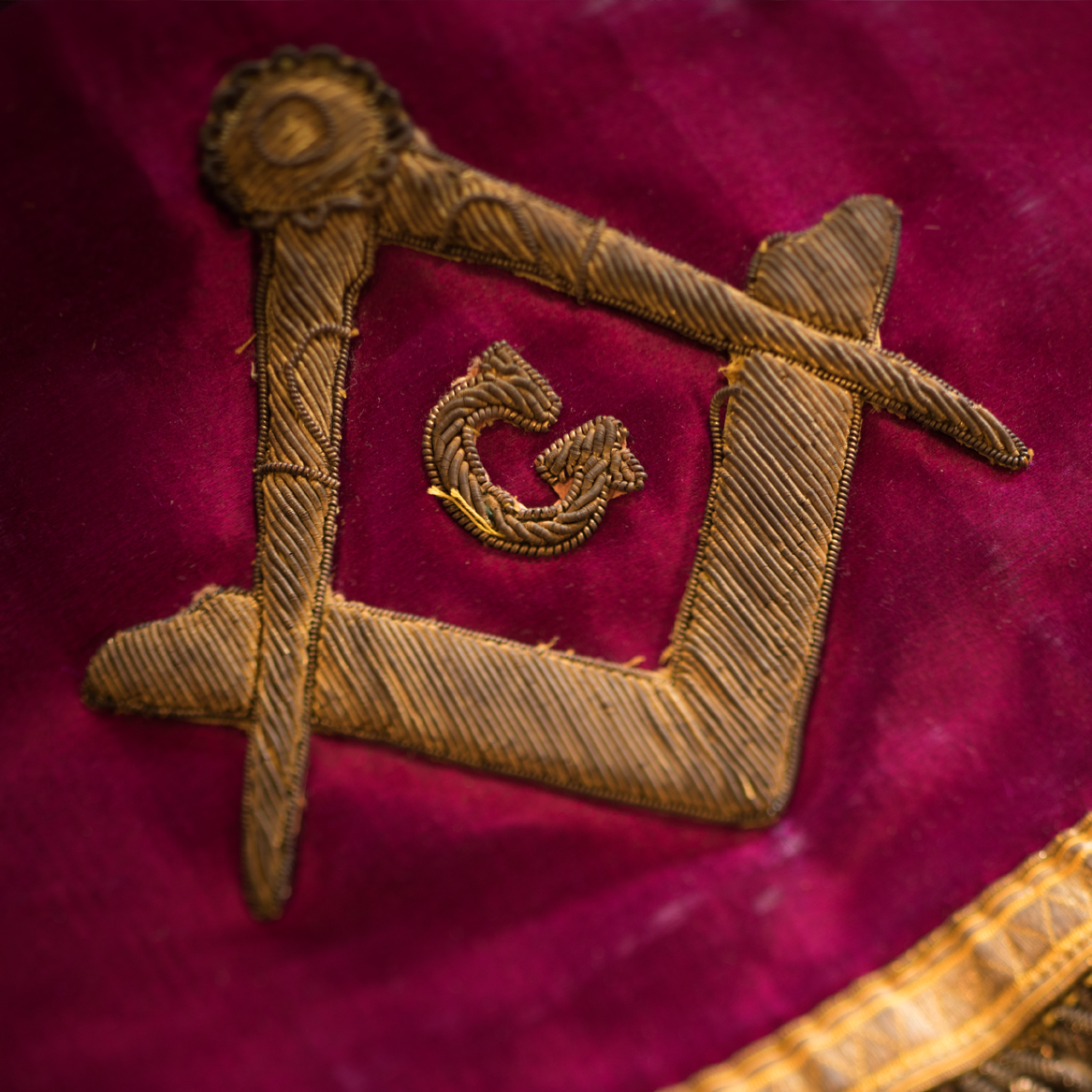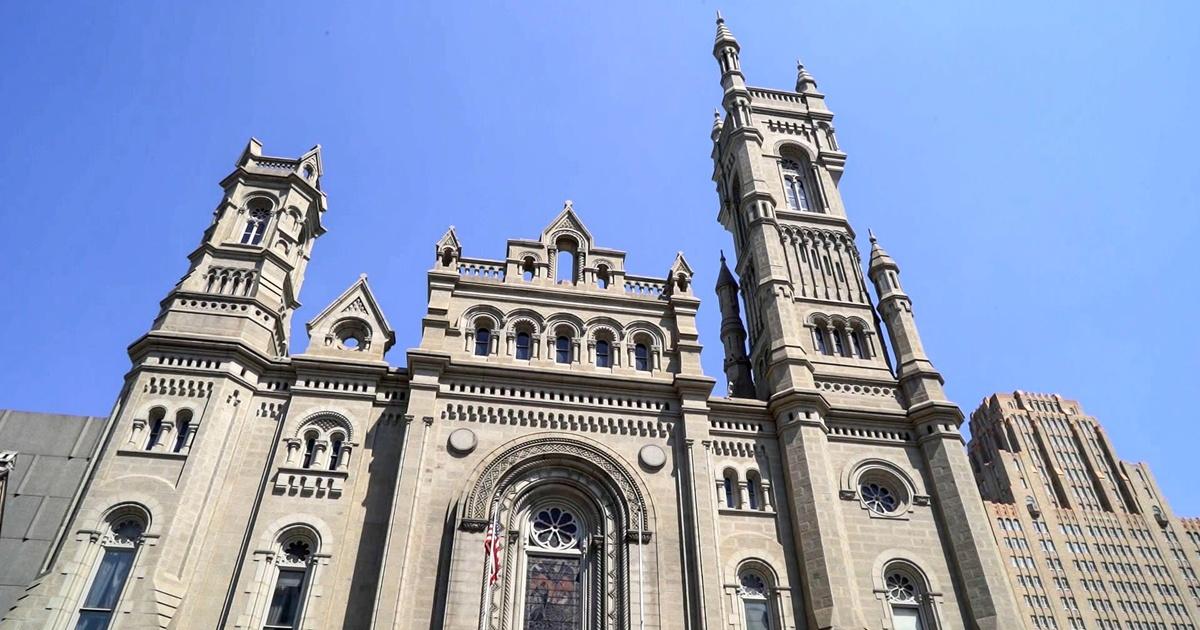A Complete Guide on How to Join a Masonic Lodge Locally
A Complete Guide on How to Join a Masonic Lodge Locally
Blog Article
Discovering the Mysteries of the copyright: What You Required to Know
The copyright, a term frequently shrouded in intrigue and debate, stands for a complex tapestry of historical truth and contemporary myth. Established in the late 18th century, this secret society was initially rooted in the Enlightenment's ideals however has because ended up being synonymous with conspiracy theories regarding elite control. As we navigate the origins, essential figures, and the stark comparison in between misconception and fact, one have to think about how these narratives affect modern perceptions of power and secrecy. What may be disclosed with a better assessment of these elements might challenge long-held presumptions regarding the darkness that remain in our culture.
Beginnings of the copyright
The beginnings of the copyright are steeped in a mix of historic intrigue and ideological fervor. Established in 1776 in Ingolstadt, Bavaria, by Adam Weishaupt, the team was originally formed as a secret society targeted at promoting Knowledge suitables such as reason, secularism, and the separation of church and state. join freemason. Weishaupt, a professor of canon legislation, looked for to challenge the dominating authority of the church and state, which he deemed oppressive organizations stifling intellectual and individual liberty
The copyright sought to recruit influential members from various social sectors, consisting of politics, academic community, and the arts, to promote a network devoted to these Knowledge principles. The culture run under a veil of privacy, employing coded language and rituals to secure its participants from oppression, particularly offered the repressive environment of the time. The copyright faced considerable resistance from both governmental authorities and religious institutions, which watched the group as a risk to their power.
Trick Numbers and Members
Who were the pivotal numbers that shaped the copyright's very early influence and instructions? The Bavarian copyright, founded in 1776 by Adam Weishaupt, emerged as an action to the oppressive societal frameworks of the time.
An additional significant figure was Johann Gottlieb Fichte, a prominent theorist whose concepts on nationalism and education reverberated with the copyright's goals. Although Fichte was not a formal participant, his philosophical supports affected the team's ideology. Furthermore, numbers like the author and thinker Johann Wolfgang von Goethe were related to the wider intellectual motions of the time, although their direct participation with the copyright stays disputed.
These key figures added to the copyright's very early direction, pressing the borders of political and social idea, while their collective efforts aimed to test recognized standards and cultivate a climate of progressive adjustment in Europe. (join freemason)
Misconceptions vs. Reality
Many mistaken beliefs border the copyright, frequently mixing reality with fiction in a means that obscures its real nature. This secret society, originally established in 1776 in Bavaria, intended to advertise Knowledge suitables and fight religious and political oppression. The idea that the copyright continues to put in considerable impact over world occasions is here a misconception. While the group did exist, it was disbanded in the late 18th century and has not operated as a natural entity ever since.
An additional prevalent misconception is that the copyright comprises a network of elite individuals adjusting global affairs. In truth, numerous conspiracy concepts exaggerate the group's relevance, connecting misguided motives to social trends and occasions. This has brought about an oversimplified sight of intricate problems.
In addition, the portrayal of the copyright in pop culture often additional distorts its tradition. Movies and literature tend to sensationalize the company's duty, producing a narrative that splits from historic facts. Understanding the distinction between the myths and the reality of the copyright is vital for critical the authentic influence of this historic team and acknowledging the broader ramifications of conspiracy theory theories in contemporary society.

Modern Analyses
Contemporary analyses of the copyright often mirror wider social stress and anxieties and a fascination with secrecy and power. This modern-day lens regularly associates the copyright with conspiracy theories that recommend a concealed elite orchestrates globe events, controling governments and economic situations for their own gain. Such narratives use a deep-seated suspect of authority, particularly in times of situation or social turmoil.
In prominent society, the copyright is frequently illustrated as a divine organization shrouded in mystery, causing a myriad of imaginary portrayals in literary works, film, and music. This portrayal offers not only to amuse yet also to provoke visit their website considered the nature of power and control in contemporary society. Social media site has better amplified these interpretations, permitting rapid circulation of conspiracy theories and creating communities that share and expand upon these concepts.
Furthermore, some modern analyses frame the copyright as an allegory for the complexities of globalization and the interconnectedness of prominent individuals and organizations. This viewpoint encourages an important exam of how power characteristics operate in today's globe, highlighting the equilibrium in between transparency and privacy in administration and business techniques.
Social Effect and Heritage
Influenced by centuries of intrigue, the cultural effect and tradition of the copyright extend much past its historical beginnings. This secret society, established in the late 18th century, has penetrated various aspects of popular culture, from literature and movie to music and art. join freemason. The idea of the copyright has evolved into a sign of conspiracy theory theories, often standing for a perceived covert power adjusting global occasions
In literary works, authors like Dan Brown have actually woven the copyright right into elaborate stories, exciting viewers with motifs of privacy and power. Movies such as "National Treasure" and "The Da Vinci Code" better perpetuate the appeal of the society, mixing reality with fiction to produce interesting narratives.

Inevitably, the copyright's tradition is a complicated tapestry of misconception and reality, shaping understandings of secrecy and control in modern discourse. Its enduring visibility in culture emphasizes humankind's perennial quest for comprehending surprise truths.

Conclusion
The expedition of the copyright exposes a complicated interplay in between historical realities and contemporary myth-making. Established in the Enlightenment era, this culture aimed to test oppressive frameworks, yet its heritage has been overshadowed by conspiracy concepts that recommend elite adjustment. Understanding the distinctions in between the initial perfects and modern analyses is important for understanding the enduring fascination with the copyright and its significant impact on social narratives surrounding power and privacy in society.
Report this page